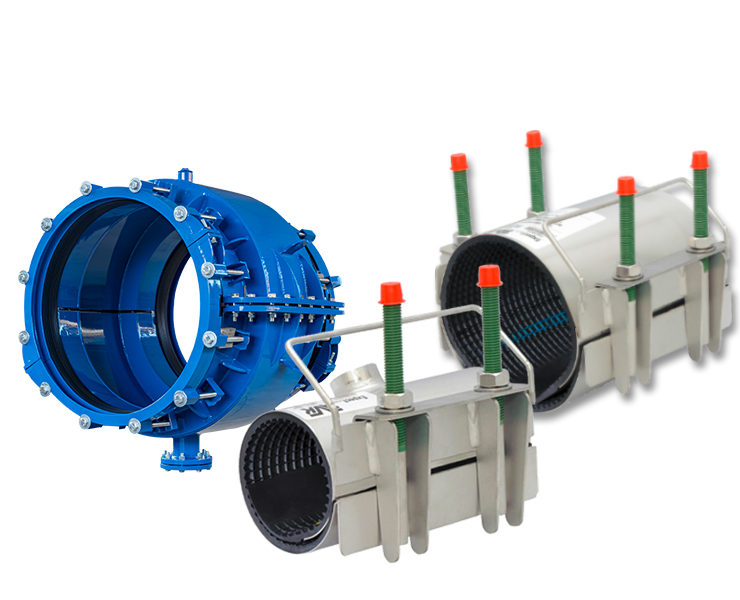
Access to clean and safe drinking water is essential for human survival and well-being. However, many communities around the world still lack reliable water supply systems. Fortunately, advancements in technology have led to the development of innovative water supply equipment that is transforming the way we access clean water. In this article, we will explore some of these breakthrough technologies and their impact on water access globally.
Advantages of Innovative Water Supply Equipment
Efficiency and Reliability
One of the key benefits of innovative water supply equipment is its efficiency and reliability in providing clean water to communities. These systems are designed to operate consistently and effectively, ensuring a steady supply of water even in remote or challenging environments.
Sustainability
Many innovative water supply equipment utilize sustainable practices such as rainwater harvesting, solar-powered pumps, and water purification systems. By harnessing renewable energy sources and maximizing water conservation, these systems help reduce the environmental impact of traditional water supply methods.
Types of Innovative Water Supply Equipment
Rainwater Harvesting Systems
Rainwater harvesting systems collect and store rainwater for later use. These systems typically include collection tanks, filtration systems, and distribution pumps. Rainwater harvesting is a sustainable practice that can help communities reduce their dependence on traditional water sources.
Solar-Powered Water Pumps
Solar-powered water pumps use solar energy to pump water from underground sources such as wells or boreholes. These pumps are cost-effective and environmentally friendly, making them ideal for off-grid communities or areas with limited access to electricity.
Water Purification Systems
Water purification systems remove contaminants and impurities from water, making it safe for consumption. Advanced purification technologies such as reverse osmosis and UV disinfection are widely used in innovative water supply equipment to ensure water quality meets safety standards.
Impact of Innovative Water Supply Equipment
Improving Public Health
Access to clean water is crucial for preventing waterborne diseases and improving public health. Innovative water supply equipment helps provide communities with safe drinking water, reducing the risk of illness and promoting overall well-being.
Empowering Communities
By implementing innovative water supply equipment, communities can take control of their water resources and become more self-sufficient. This empowerment leads to increased resilience in the face of water scarcity or environmental challenges.
Environmental Conservation
Innovative water supply equipment promotes sustainable water management practices that help preserve natural resources and protect the environment. By reducing water waste and minimizing energy consumption, these systems contribute to a healthier planet for future generations.
Challenges and Future Outlook
Cost and Affordability
One of the main challenges facing the widespread adoption of innovative water supply equipment is the upfront cost of installation and maintenance. Developing cost-effective solutions and increasing access to funding opportunities will be crucial in expanding the reach of these technologies.
Scalability and Accessibility
Ensuring that innovative water supply equipment is scalable and accessible to communities of all sizes and socioeconomic backgrounds is essential for achieving universal access to clean water. Collaboration between governments, NGOs, and private sector entities will be key in addressing this challenge.
Continued Innovation
The future of water supply equipment lies in continued innovation and research to improve existing technologies and develop new solutions. Advancements in smart water management systems, IoT integration, and data analytics hold great potential for enhancing water access and sustainability worldwide.
